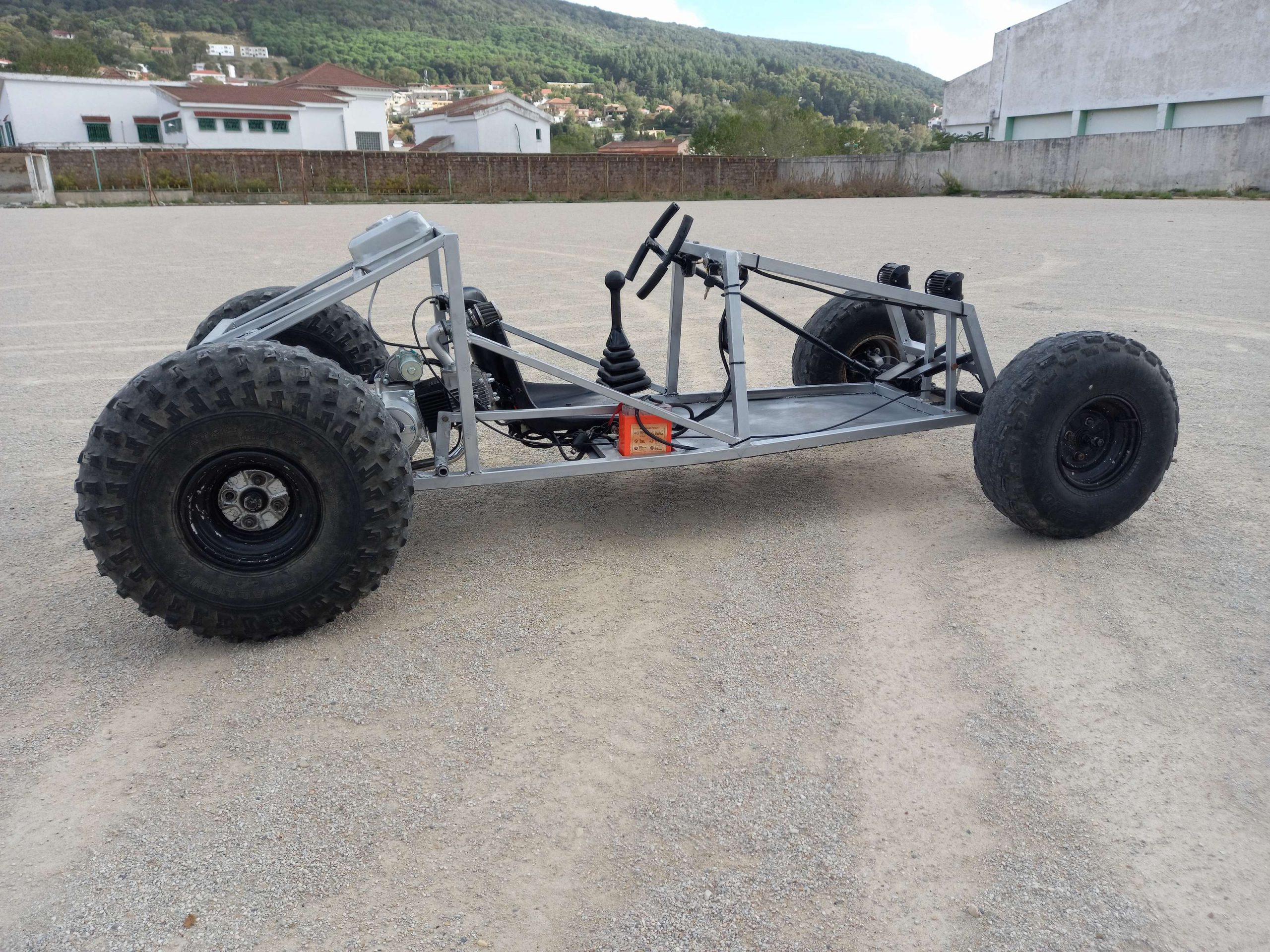Building a go-kart from scratch can be an exciting and rewarding project. It allows you to unleash your creativity, learn valuable skills, and ultimately enjoy the thrill of driving your own custom-made vehicle. In this detailed guide, we will walk you through the step-by-step process of building a go-kart, from planning and gathering materials to assembly and finishing touches. Get ready to embark on a thrilling journey of building your very own go-kart!
Section 1: Planning and Design
1.1 Determining the Purpose and Type of Go-Kart:
- Understand your intended use: recreational, racing, or off-road.
- Choose the type of go-kart: gas-powered, electric, or pedal-powered.
- Consider factors such as speed, size, and safety features.
1.2 Sketching and Designing:
- Sketch out your go-kart design, considering the frame, chassis, seating, and steering mechanism.
- Determine the dimensions and ensure proper weight distribution.
- Research and gather inspiration from existing go-kart designs.
Section 2: Gathering Materials and Tools
2.1 Frame and Chassis Materials:
- Explore various options such as steel, aluminum, or tubular materials.
- Consider factors like strength, weight, and cost.
- Source the required materials from local suppliers or online stores.
2.2 Engine and Powertrain Components:
- Select an appropriate engine based on your go-kart's size and purpose.
- Choose a suitable transmission system (chain, belt, or direct drive).
- Gather additional components like throttle, clutch, and fuel tank.
2.3 Steering and Suspension Components:
- Determine the steering mechanism (rack and pinion, direct steering, or other).
- Research and select suspension components (coilover shocks, A-arms, or torsion bars).
- Ensure compatibility and proper fitment with the go-kart's design.
2.4 Wheels, Tires, and Brakes:
- Decide on the wheel size and style.
- Choose appropriate tires based on the terrain and go-kart type.
- Source brake components like disc brakes, calipers, and brake lines.
2.5 Additional Accessories and Safety Equipment:
- Consider accessories such as seats, seat belts, roll cages, and lighting.
- Ensure compliance with safety regulations and guidelines.
- Gather tools required for the construction process.
Section 3: Construction and Assembly
3.1 Frame and Chassis Assembly:
- Follow the design plans and cut, shape, and weld the frame components.
- Ensure proper alignment and structural integrity.
- Attach the engine mounts, steering mounts, and suspension points.
3.2 Powertrain Installation:
- Mount the engine and connect it to the transmission system.
- Install the throttle mechanism and fuel system.
- Test and adjust the engine for optimal performance.
3.3 Steering and Suspension Installation:
- Mount the steering mechanism and connect it to the front wheels.
- Install the suspension components, ensuring proper alignment and movement.
- Test the steering and suspension for smooth operation.
3.4 Wheel, Tire, and Brake Installation:
- Attach the wheels and secure them with appropriate hardware.
- Mount the tires and ensure proper inflation and alignment.
- Install the braking system and test its effectiveness.
3.5 Finishing Touches and Safety Features:
- Install seats, seat belts, and other safety equipment.
- Add finishing touches like paint, decals, and personalized touches.
- Conduct a thorough inspection to ensure all components are secure and functioning properly.
Section 4: Testing and Maintenance
4.1 Testing:
- Find a suitable testing area, preferably a flat and open space.
- Gradually increase speed and test the go-kart's handling and performance.
- Monitor for any issues or adjustments that need to be made.
4.2 Maintenance and Safety Checks:
- Regularly inspect and tighten all bolts, nuts, and fasteners.
- Check tire pressure, tread wear, and overall condition.
- Perform routine maintenance on the engine, including oil changes and filter replacements.
- Verify the functionality of the steering and braking systems.
- Keep safety equipment up to date and ensure it is in good condition.
4.3 Troubleshooting and Repairs:
- Identify common issues that may arise, such as engine misfires or suspension problems.
- Learn how to diagnose and troubleshoot these issues effectively.
- Seek professional assistance if needed, especially for complex repairs or modifications.
- Building your own go-kart is an exciting and fulfilling endeavor. It allows you to customize a vehicle according to your preferences and gain valuable knowledge and skills in the process. By following this comprehensive guide, you'll have the necessary steps to build a go-kart from scratch. Remember to prioritize safety, enjoy the journey, and have fun racing around in your very own creation!
Disclaimer: Building and operating a go-kart involves inherent risks. It is essential to follow safety guidelines, wear appropriate safety gear, and comply with local regulations. This guide is intended for informational purposes only, and individuals should exercise caution and take responsibility for their actions when undertaking any DIY project.
Note: This is just an outline for a detailed article. The actual content can be expanded upon each section, providing in-depth information, tips, and illustrations to guide readers through the process of building a go-kart.
